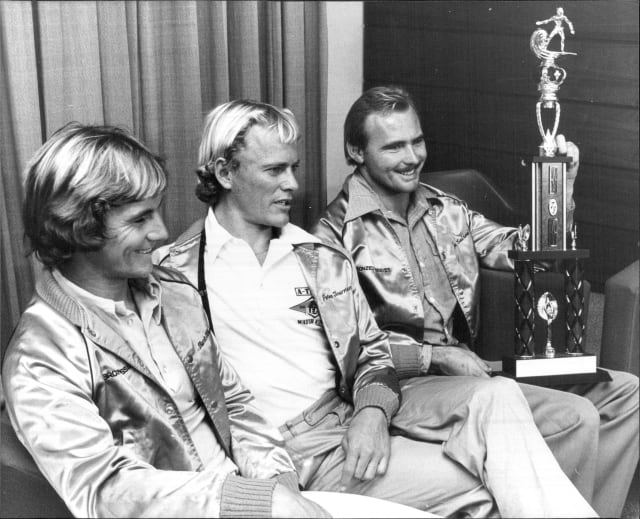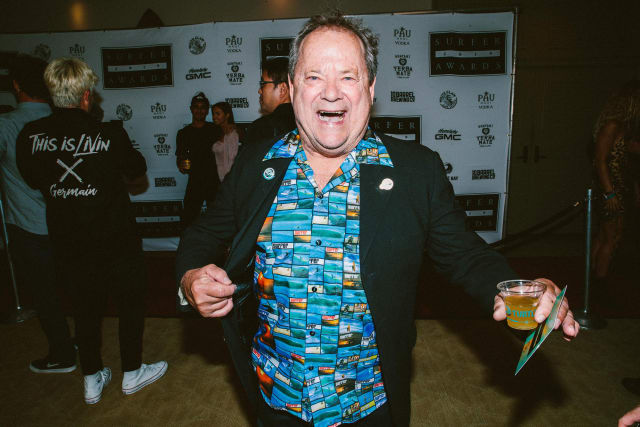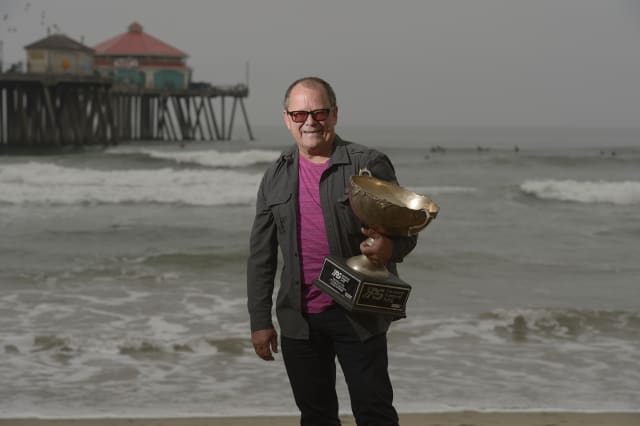
The Birth of a Champion
Over the last 50 years of professional surfing, more than 40 athletes have earned the title of world champion. Icons like Kelly Slater, Andy Irons, Lisa Andersen, and Tom Curren dominate this elite list. But at the very top sits Peter Townend—better known as PT—the very first world champion in surfing history. In the winter of 1976, the Australian surfer cemented his place in history with a series of performances that laid the groundwork for what professional surfing would become.
The Free Ride Generation
PT arrived at Hawaii’s North Shore in the mid-1970s alongside a wave of talent, including Shaun Tomson, Mark Richards, Ian Cairns, and Wayne “Rabbit” Bartholomew. Their collective ambition was clear: to make a living out of surfing. During the 1975/76 season, PT secured three crucial results that crowned him the inaugural world champ. This moment was pivotal—the true beginning of professional surfing as we know it today.
Looking Back 50 Years Later
Reflecting on that defining season, PT recalls it as a turning point—a shift where a new generation stepped forward. Many of the surfers competing at the time had already met at the 1972 ISA World Contest. When international contests dwindled, the focus shifted to the North Shore, which hosted major events like the Duke, Pipeline Masters, World Cup, and Smirnoff. PT and his peers believed in a future for pro surfing, and they charged into every contest with determination, aiming for magazine covers and media exposure. Their effort led to the establishment of the World Championship Tour.

Was It Worth It?
At the time PT won the world title, it didn’t feel especially significant—there were no other champions yet. But decades later, his name leads a historic list that includes the sport’s greatest legends. A memorable moment from the era comes from the film Bustin Down the Door, where Shaun Tomson considers going back to school, and Rabbit replies, “I’m going to be a pro surfer.” That conversation became reality.
Turning Down a Different Path
PT himself turned down a scholarship to an Australian architectural college in 1972 to pursue surfing. After placing third at the ISA World Contest, he earned a spot in Hawaii’s Duke competition. That was the moment he abandoned formal education and fully embraced his surfing journey.
The Surfboard Hustle
With no sponsorship deals from major surf brands at the time, many surfers made money by shaping boards. PT shaped most of his own boards while working for Gordon Smith Australia. Surfing income came from hustling—working in surf shops, shaping boards, and traveling from contest to contest. PT and many of his peers took on these roles to sustain their dream.

Board Design: Then vs. Now
Unlike today’s highly uniform boards used in WSL competitions, the 1970s saw immense variety. Single fins, bonzers, and twin fins were all on display. PT notes that back then, each surfer had a different belief about what would give them a competitive edge. In Hawaii, they leaned on local shapers like Tom Parish, Dick Brewer, and Mike Eaton for boards designed for massive waves.
Never Doubting the Vision
Despite the financial struggles and uncertainty, PT says the belief in pro surfing never wavered. The “Bronzed Aussies,” a group PT was part of, actively promoted the sport beyond surf media and secured deals, including travel sponsorships. Their willingness to embrace the mainstream helped build a professional foundation for the sport.
Today’s Surf Industry vs. Then
PT acknowledges the surf industry is facing serious challenges, particularly for legacy brands. However, he believes the pro tour itself is thriving, with deep talent and strong participation worldwide. Olympic inclusion and the rise of wave pools have bolstered interest in surfing, ensuring its continued growth despite current industry hurdles.
Does the New Generation Understand the Old?
PT isn’t sure that modern surfers truly grasp the sacrifices and groundwork laid by his generation. He hopes that the upcoming 50th anniversary of the World Surf League will shine a light on the pioneers who built the sport from the ground up. Many of today’s athletes may not be aware of the trailblazers who came before them.
Then and Now in Hawaii
PT also reflected on the resistance they faced in Hawaii, driven in part by provocative surf magazine articles that stirred tension. Comparing the situation to early racial integration in baseball, he explains that every sport has moments of conflict during periods of transformation.
Today’s Surfing Revolutionaries
PT sees a lot of exciting development in today’s women’s tour, where younger surfers are stepping up while veterans still hold strong. He believes that the sport has never seen this level of competition depth.
The Next Big Evolution?
According to PT, surfing’s next big milestone will come when the Olympics are hosted in Los Angeles. With Southern California being the birthplace of modern surf culture, the exposure will likely boost the sport even further.
Advice to His Younger Self
Asked what he’d tell his 19-year-old self on the North Shore, PT says he wouldn’t change a thing. He and his peers created something from nothing, driven by a dream. They saw no barriers—only waves and opportunity.